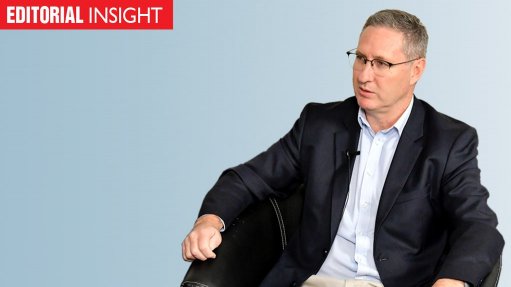
A year can feel extremely long when events run away from you, but awfully short if one is trying to implement a turnaround.
2021 is a case in point.
At times it felt as though the July insurrection-turned-mass-looting would never end. The police were AWOL, it was unclear for days whether the army was in any fit state to be deployed and communities were left feeling vulnerable and defenceless on the one hand and emboldened to act illegally themselves on the other. The slow response time allowed the most dedicated looters the time and space they needed to hammer away at bank ATMs days after shop shelves were left bare.
The ugly scars from those eight days are still visible in certain KwaZulu-Natal towns, while the invisible ones are likely to undermine investor confidence for years and have already spurred a fresh wave of growth-sapping emigration.
Last year felt painfully long on the Covid and load-shedding fronts too. The pandemic left so many families devastated materially, reflected in surging unemployment numbers, as well as psychologically. The power cuts, meanwhile, intensified just as the country was seeking much-needed healing from both the riots and the deadly third Covid wave.
2021 proved far too short, however, for implementing much-needed turnaround plans at State-owned enterprises such as Eskom, Transnet and Denel. It was also too short to yield any results from long-awaited economic reforms, although far too few were eventually announced, let alone implemented.
The most high-profile turnaround failure of 2021 was undoubtedly Eskom’s reliability maintenance programme, which was initially expected to deliver a semblance of coal-plant stability in about November last year.
In the event, a combination of a delayed start to the programme as a result of the onset of Covid in South Africa in early 2020, insufficient pre-planning, too few skills and the utility’s chronic liquidity problems meant that the back of the maintenance backlog was not broken last year.
The result was another deterioration in the energy availability factor from the coal fleet to below 65% and a spike in load-shedding.
Maddeningly, there was no way of offsetting either, mostly because of the self-inflicted wound caused by a six-year gap in the procurement of new electricity from independent power producers (IPPs), but also because of ongoing delays and underperformance at Medupi and Kusile – not to mention the Medupi Unit 4 explosion.
As things stand at the start of 2022, the load-shedding risk is as large (in fact, probably larger) as it has been since the onset of the crisis in 2008.
The only pieces of good news have been the liberalisation of the regime governing sub-100 MW distributed plants, the resumption of IPP procurement (albeit at a pace and scale that is still far too slow to make a real dent) and some improvements in Eskom’s maintenance pre-planning.
However, 2022 will once again prove far too short on the maintenance front unless Eskom’s liquidity problems are also addressed, and comprehensively so.